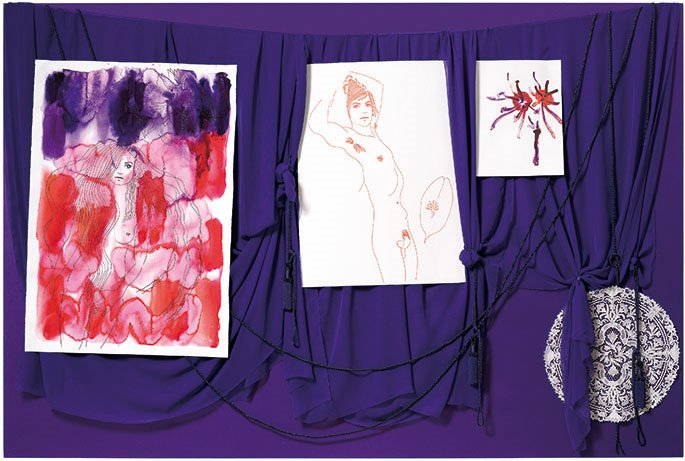A productive and contemporary rethinking of the historical modernism can take the notion of the not yet included as its starting point. What has been marginalized or perhaps even categorized as altogether inferior or lower in rank in relation to the canonized modern of the twentieth century is of interest in relation to a fresh and new take on modernism.
Notions of femininity and references towards feminine worlds of life are more or less present in many spheres of the historical modern in spite of the official androgynism of the modern tradition. The oeuvres by the female russian constructivists like Alexandra Exter and Varvara Stepanova are paradigmatic examples of this. They show us that strands of the feminine were among the fundamentals of modernism from the very beginning. Nevertheless, these feminine fundamentals of the modern have precisely been excluded in many prevailing narrations of the twentieth century modernism. They are among the not yet included elements of the edifice of the modern.
Right now a huge amount of highly interesting works of art can be interpreted as a reflection upon the marginalized aspects of modernism. I think that we can at least tentatively say that the modern of today reflects precisely upon the not yet included aspects of the traditional modern.
These not yet included aspects might not necessarily and only be tied to notions of the feminine. They can very well come into play and confront modernism as elements of another origin rooted in a wide range of different sources. As we all know it is not only the feminine which is traditionally categorized as the Other or simply left untouched or even brought into silence in relation to historical narratives of the modern.
If we right now take a look at a prominent and diversified selection of contemporary works of art that relate themselves to the historical modernism I guess that we can allow ourselves to identify and describe a new cluster of interesting and viable contemporary art practices as practices dealing with what we can call The Inclusive Modern.
